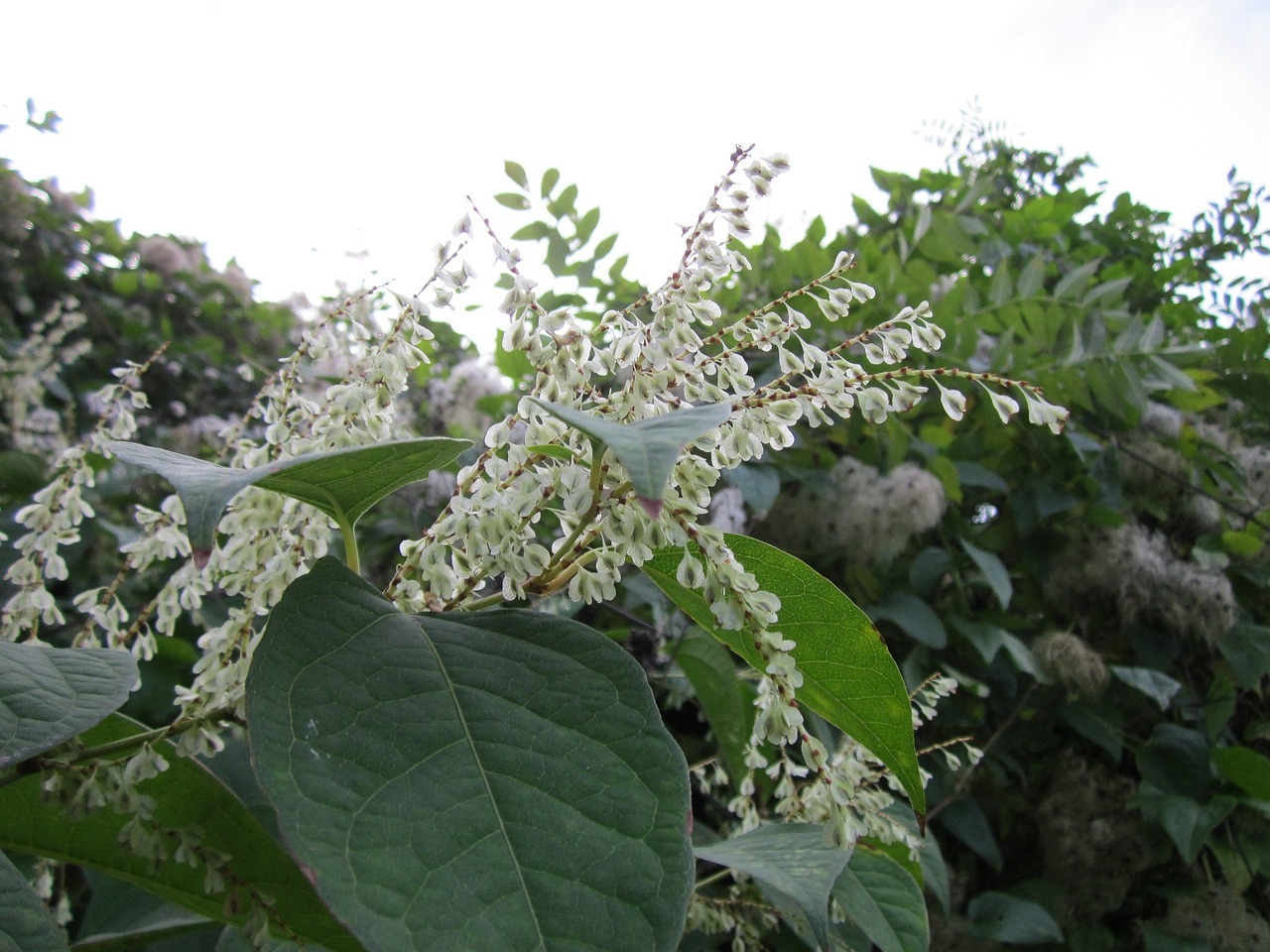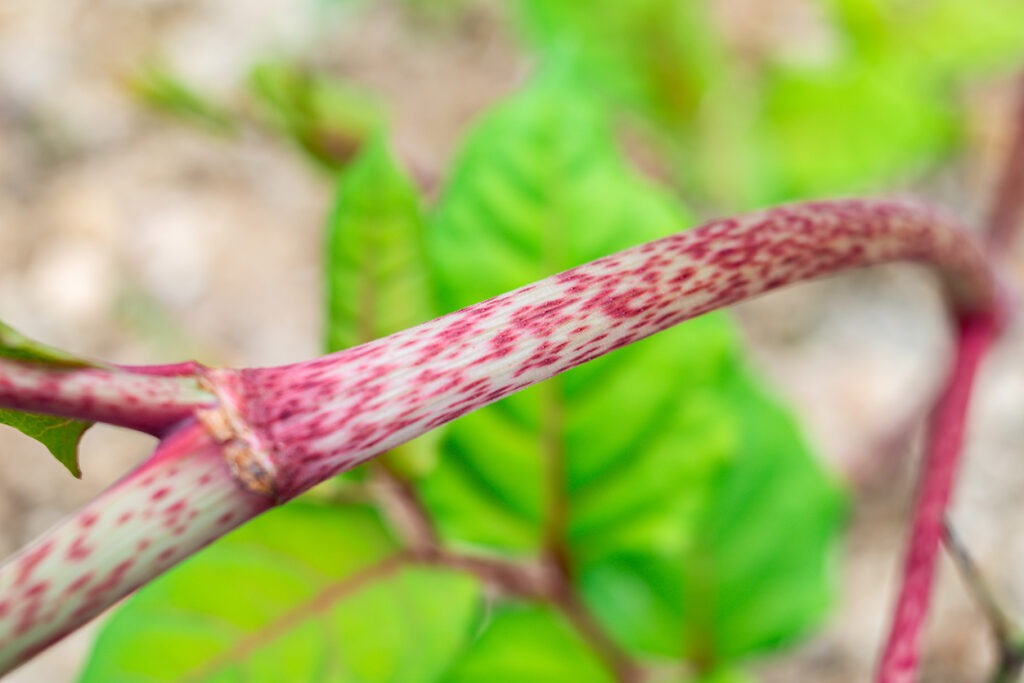
Battling the Menace of Japanese Knotweed: A Guide to Identification and Prevention

The menace of Japanese Knotweed strikes fear into the hearts of homeowners, gardeners, and real estate agents alike. Its invasive nature has caused numerous property sales to collapse, prompting heightened vigilance among those in the property market. However, recent research reveals a startling trend: confusion reigns supreme when it comes to distinguishing Japanese Knotweed from other garden plants.
According to data from Environet’s Free ID Service, which offers expert identification of suspicious plants based on submitted photos, misidentification runs rampant. Bindweed, a seemingly innocent garden plant, takes the crown as the most commonly mistaken species, accounting for a staggering 26% of all submissions. Shockingly, Japanese Knotweed was correctly identified in a mere 16% of cases.
Bindweed, with its rapid growth and heart-shaped leaves, bears an uncanny resemblance to Japanese Knotweed. However, a crucial difference lies in their mode of growth – while Japanese Knotweed stands tall on its own, bindweed relies on wrapping itself around other plants or structures. Moreover, bindweed’s trumpet-shaped flowers contrast with the dangling clusters of cream-white flowers characteristic of Japanese Knotweed.

Dogwood, with its vibrant red stems, and lilac are also frequent victims of mistaken identity, comprising 9% and a notable portion, respectively, of misidentified plants. Other common culprits include Russian vine, dock, buddleia, bamboo, Himalayan balsam, and even the ubiquitous common ivy.
Failure to identify and address Japanese Knotweed promptly can have dire consequences. This invasive plant has the power to wreak havoc on buildings, sheds, walls, patios, and underground infrastructure such as pipes and drains. Mortgage lenders may demand a professional treatment plan with an insurance-backed guarantee before offering loans on affected properties. Furthermore, homeowners risk litigation from neighbors if the plant spreads unchecked into adjoining properties.
Despite widespread awareness of Japanese Knotweed, with a significant 77% of UK residents familiar with the plant according to a YouGov survey, accurate identification remains elusive for many. Environet’s director, Emily Grant, underscores the importance of vigilance, particularly as spring approaches and knotweed begins its rapid growth spurt.
So, how can one accurately identify Japanese Knotweed?
- Early Spring: Look for reddish-purple spear-like shoots emerging from the ground, rapidly growing into canes. Heart-shaped leaves gradually unfurl and transition to green.
- May to July: Knotweed rapidly grows, supported by bamboo-like canes speckled with purple. Leaves form a zig-zag pattern along the stem. By late summer, mature plants boast dense clusters of cream-white flowers.
- Autumn: Leaves turn yellow, then brown, eventually falling off. Canes lose their green hue, turning brown and brittle.
- Winter: Dead canes remain standing, alongside the distinctive woody crowns visible in the ground.
In conclusion, combating the spread of Japanese Knotweed requires not only awareness but also accurate identification and swift action. With vigilance and proactive measures, homeowners can protect their properties from this invasive menace, ensuring peace of mind for themselves and prospective buyers in the real estate market.


I do not even know how I ended up here but I thought this post was great I dont know who you are but definitely youre going to a famous blogger if you arent already Cheers.
I genuinely appreciated what you’ve achieved here. The outline is tasteful, your written content fashionable, yet you appear to have acquired some uneasiness regarding what you wish to present forthwith. Undoubtedly, I’ll return more frequently, similar to I have almost constantly, should you sustain this upswing.